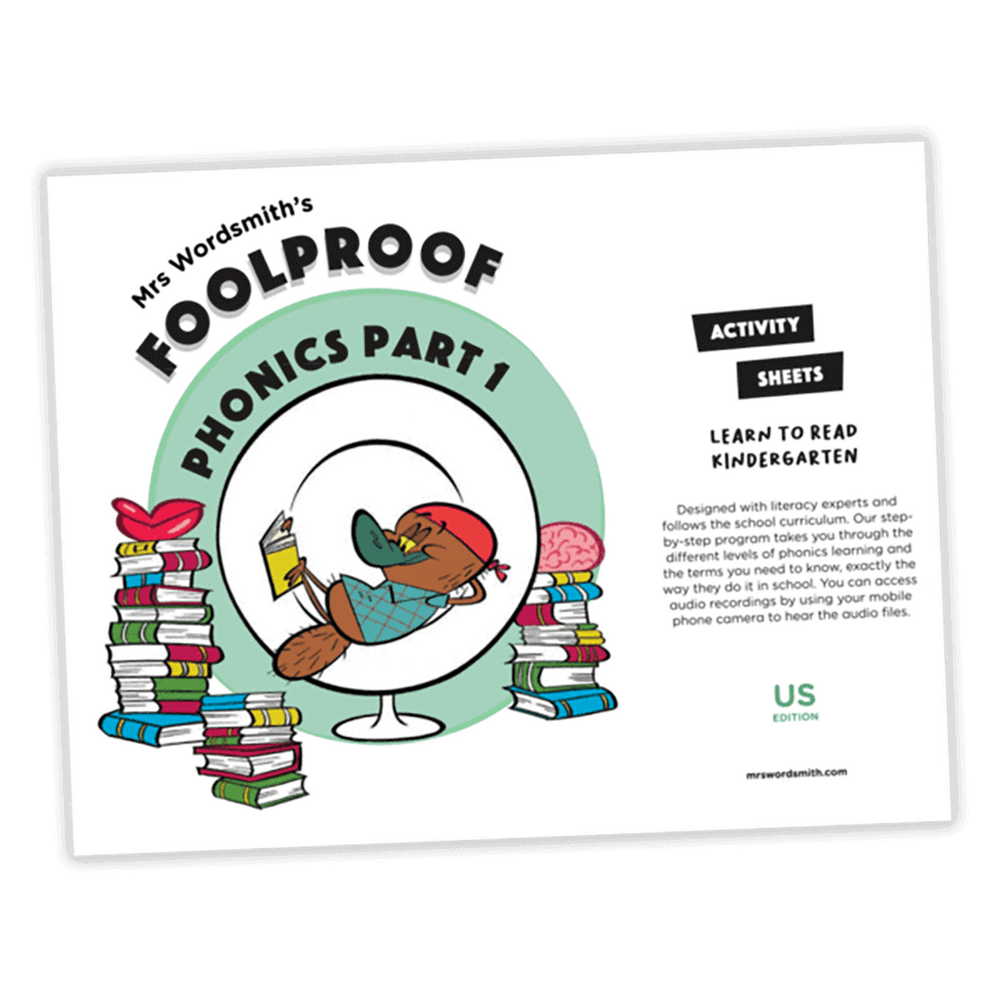Decoding involves translating printed words to sounds. It is literally the process of reading words in text. When a child reads the words “The ball is big”, for example, they need to understand what the letters are, what sound each letter makes, and how the letters blend together to create words.
Encoding is the opposite. It is the process of using individual sounds and letters to build and write words.
Both processes require an understanding of what these individual sounds are before children can match them onto letters.
For example, to decode the word letter, segment the word into each individual sound: l-e-tt-er. Then, blend these phonemes back together again from left to right to get the word letter.

Research
What are decoding and encoding?
Sample Pack


